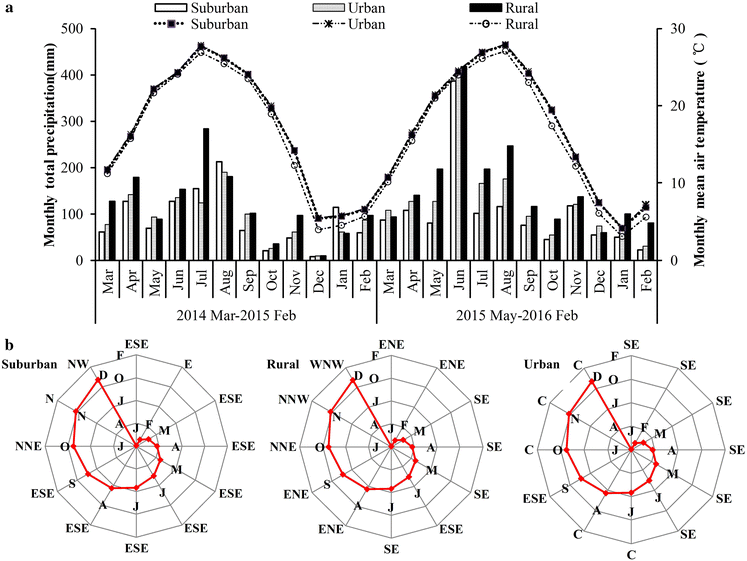【Biogeochemistry】Isotopic characterization of NH xN in deposition and major emission sources
Chaopu Ti, Bo Gao, Yongxia Luo, Xi Wang, Shuwei Wang, Xiaoyuan Yan. Isotopic characterization of NH xN in deposition and major emission sources. Biogeochemistry, 2018, 138(1):85-102

Abstract
Large amounts of atmospheric N deposition cause negative effects on ecosystems. Effective mitigation strategies require the sources of N deposition to be identified and the contributions from individual sources to be quantified. Determination of the isotopic composition represents a useful approach in source apportionment. In this study, the δ15N-NHx of wet and dry atmospheric deposition and the main NH3 emission sources were analyzed at an urban, a suburban and a rural site in the Taihu Lake region of China. The 2-year average δ15N- NH+4NH4+ of precipitation was − 3.0 ± 2.3, − 3.1 ± 2.8 and − 0.5 ± 2.8‰ for the urban, suburban and rural sites, respectively. These values were much lower than the corresponding values for particulate NH+4NH4+ (15.9, 15.2 and 14.3‰ at the urban, suburban and rural sites, respectively), and much higher than those of gaseous δ15N-NH3 (− 16.7, − 18.2 and − 17.4‰ at the urban, suburban and rural sites, respectively). The δ15N-NH3 of NH3 from the main emission sources ranged from − 30.8 to − 3.3‰ for volatilized fertilizer, from − 35.1 to − 10.5‰ for emissions from a pig farm, and − 24.7 to − 11.3‰ for emissions from a dairy farm. Temporal variations of deposition δ15N-NHx indicated that δ15N-NHx values were lower in summer and autumn, but higher in winter and spring for both precipitation NH+4NH4+ -N and gaseous NH3-N. Weather conditions such as temperature and precipitation significantly influenced the spatial and temporal distribution of isotope values of the deposition. Analysis of δ15N-NHx in deposition and emission sources identified volatilized fertilizer and livestock wastes as the origins of both gaseous NH3-N and precipitation NH+4NH4+ -N over the region. A stable isotope mixing model estimated that volatilized fertilizer and animal excreta contributed more than 65% to precipitation NH+4NH4+ -N, more than 60% to particulate NH+4NH4+ -N, and more than 75% to gaseous NH3-N.
附件:
